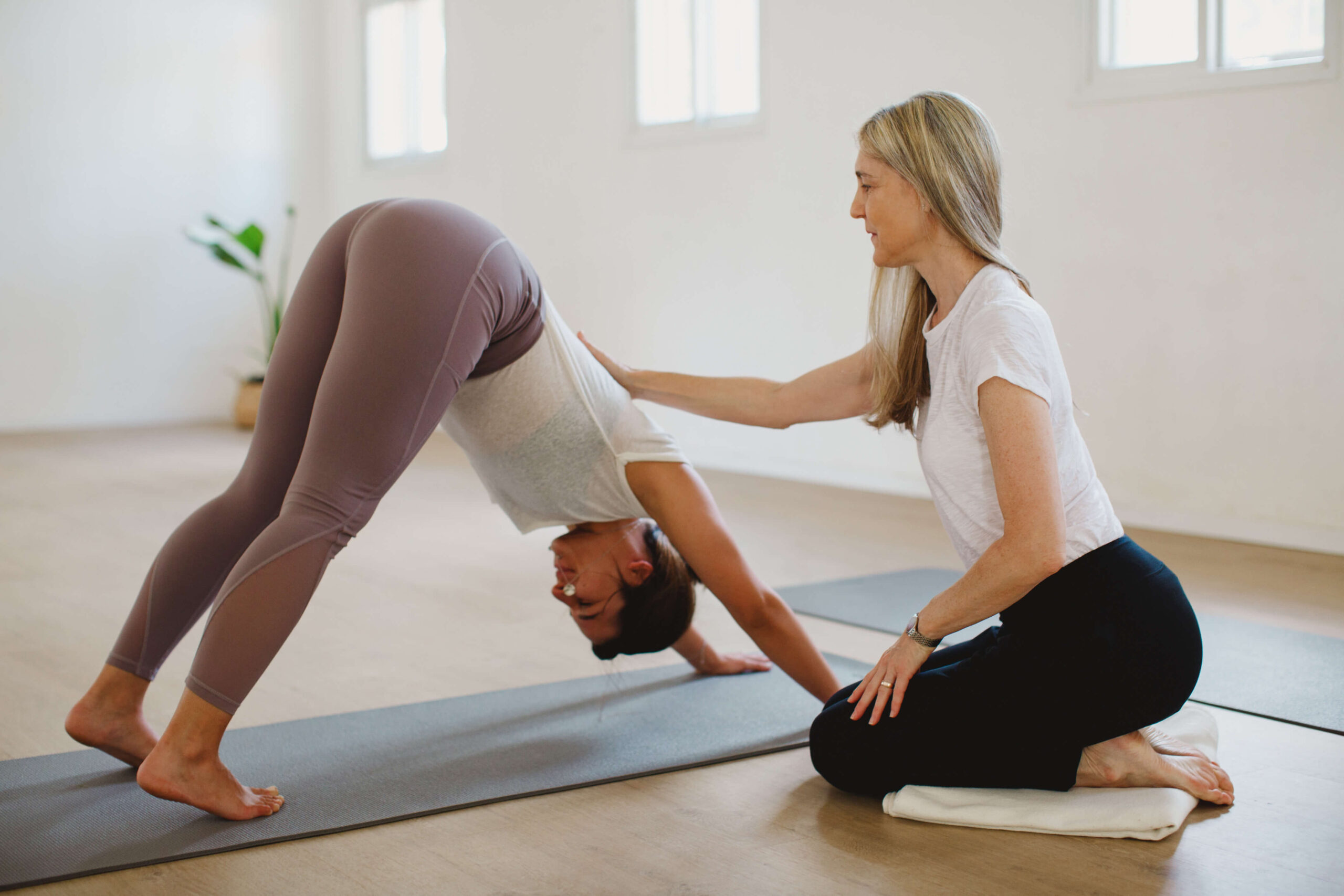Truthfully, there are no reasons why any of us cannot be, or do, what we want, as long as you are not hurting מורת יוגה. You should always strive to be the best you can be. However, you may find that many people create obstacles, in front of themselves, to avoid success.
This is truly ironic that we hold ourselves back from making achievements, and teaching Yoga is just one of many goals that are not fully realized. Below is a list of common reasons why many good Yoga practitioners do not pursue their goal of becoming a Yoga instructor.
Actually, age is not a factor. There are many styles of Yoga; and the most common, outside of India, is Hatha Yoga and its many sub-styles. Although Hatha Yoga is the Union of physical mastery, it has many gentle and vigorous styles.
There is a need for mature, passionate, safety conscious, and gentle Yoga teachers. The world’s population is aging and Yoga students are living longer. Who would have thought that hospitals and religious centers would seek out Yoga teachers ten or twenty years ago?
Therefore, Yoga is becoming readily accepted by mainstream society and does not have to apply to any one particular religious group. Some of the old barriers that prevented the masses from being exposed to Yoga are gone.
Yoga is not dance, martial arts, or gymnastics. This is not to take away the importance of any of the above-mentioned arts. After all, I am a martial artist, and I was originally introduced to Yoga in a martial arts setting.
Being a little more flexible than the average person is a gift. However, it doesn’t serve as a top priority for teaching Yoga. The best Yoga teachers are those who can communicate, and those teachers usually have to struggle to excel at Yoga.
Yoga teachers who are naturally flexible think that everyone else should be, as well. This is not always the case, as there are skeletal limitations within some Yoga students. This is not to say that they cannot increase, or improve, their flexibility, but each person’s body is unique.
This is true in some cases; however, you can shop around for the best course at the most affordable price. Some onsite Yoga training facilities have Seva Programs, where you can work for partial tuition. This is much like a college, where there are scholarships for students who perform tasks around the campus. There are also a variety of Yoga correspondence courses, which allow flexible study hours, little or no travel, and no extra expenses. My wellness center offers such a Yoga course, and we have interns and graduates worldwide.
Many Yoga practitioners feel this way and that’s fine. This is not a problem because if you are teaching a few friends, as a hobby, it is not necessary to go through the certification process.
If your circle of friends starts to expand, it would be wise to get some type of liability coverage. There are a number of liability insurance programs to choose. You could purchase a sports, Yoga, or home liability policy to cover your specific needs.
You should also learn as much as you can about safety, anatomy, physiology, and kinesiology. The reason I mention this is so that you do not hurt your Yoga students. The compassion and knowledge to become a safe Yoga instructor is very important.
Like all start up small businesses Yoga cannot offer “instant bundles of cash.” You would want to build your business as an independent contractor first. In our Yoga teacher course, you will find 16 ways to grow your business, with little or no overhead. When you build up enough accounts, the decision, as to whether or not to open your own independent Yoga studio, will be clear.
This has been a radical job change for all of us, who go into teaching Yoga full time, but you do not have to take any sudden or financial risks. Growing your own Yoga business can start on a part time basis and later develop into full time, if you get the right guidance and take the proper steps.


